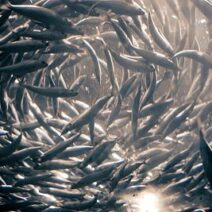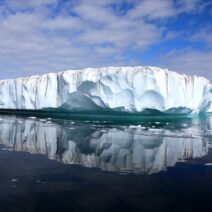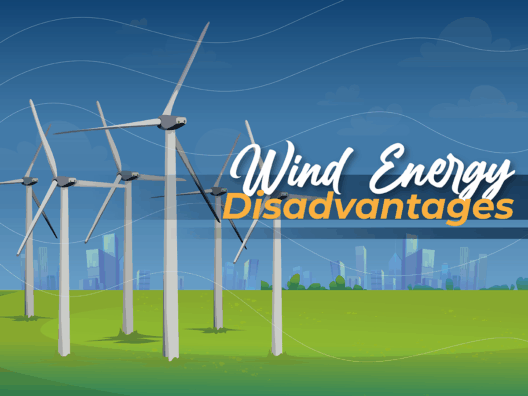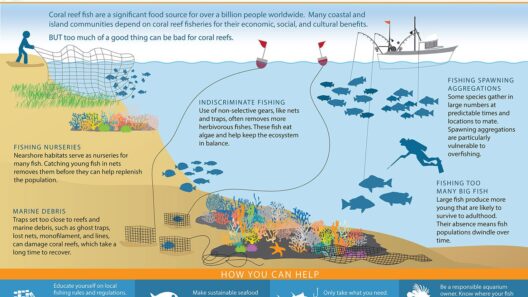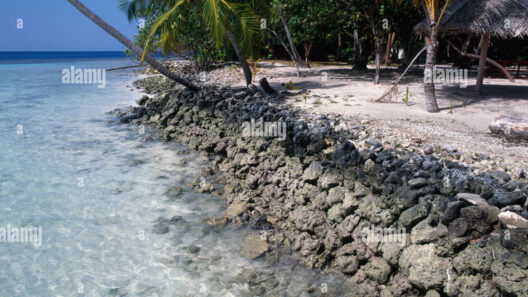The phenomenon of rising sea levels is both a critical and alarming aspect of climate change, capturing the attention of scientists, policymakers, and the general public alike. This upward trend in ocean levels is not merely an abstract statistic; it represents a wealth of implications for ecosystems, human settlements, and global economies. Understanding the intricacies of rising sea levels is essential to grasping the complex reality of our changing planet.
Sea level rise refers to the gradual increase in the average level of the world’s oceans, which can be attributed to a myriad of factors. These include both natural and anthropogenic (human-caused) influences. Over time, the complexities of this phenomenon have grown, influenced by climate patterns, ice cap dynamics, and human interventions.
As we delve into this topic, readers can expect a comprehensive exploration of the science behind sea level rise, the driving forces behind it, and the potential consequences for communities worldwide. This discussion will highlight both regions at the greatest risk and the less visible, yet equally critical impacts on our environment.
Understanding Sea Levels: The Basics of Measurement
At the core of comprehending rising sea levels is understanding how these levels are measured. Traditionally, sea level has been gauged using tide gauges scattered across various coastal regions. These gauges measure the height of the sea relative to a fixed point on land, providing invaluable data over time. However, with advancements in technology, satellite altimetry has emerged as a more sophisticated method for measuring sea level changes. This technique utilizes satellite radar to assess the distance between the satellite and the ocean’s surface, delivering a more global perspective on sea level fluctuations and allowing scientists to identify patterns previously obscured by localized observations.
The interplay between local effects and global trends is vital in understanding sea levels, as variations in currents, wind, and ocean temperatures can contribute to regional discrepancies that differ from global averages. Such nuances underscore the complexity of the phenomenon and the necessity for precise measurement techniques.
The Primary Drivers: What Causes Sea Levels to Rise?
Rising sea levels can primarily be attributed to two main processes: thermal expansion of seawater and the melting of ice sheets and glaciers. As global temperatures rise, water expands—a process known as thermal expansion. This expansion contributes significantly to rising sea levels, particularly in warmer regions. Data suggests that over half of the observed increase in sea levels since the mid-20th century can be traced back to this thermal effect.
On the other hand, the melting of glaciers and polar ice caps is a compelling visual representation of climate change, starkly illustrating the urgency of the issue. In particular, the Greenland and Antarctic ice sheets have been shedding mass at an accelerating rate. Recent studies indicate that the loss of ice from these sheets is contributing to global sea level rise at an unprecedented rate, emphasizing the long-term implications of climate inaction.
The nuance of sea-level rise extends beyond these two primary drivers. Local subsidence—where land gradually sinks due to natural or human-induced factors—can exacerbate the effects of rising seas in particular areas. Urbanization, groundwater extraction, and the natural settling of the earth’s crust all contribute to varying levels of vulnerability for coastal communities. In some places, sea levels may appear to rise more dramatically due to the combined effects of climate change and land subsidence.
The Implications: Who Is at Risk?
The ramifications of rising sea levels are far-reaching. Coastal populations are particularly at risk, with many significant cities located adjacent to water bodies. Projections suggest that by 2050, millions could be displaced from their homes due to chronic flooding and other related challenges. Low-lying areas, deltas, and island nations are at the greatest risk, facing potential inundation as sea levels rise and storms become more intense due to climate change.
Moreover, the implications extend beyond human dislocation. Ecosystems that flourish in coastal areas, such as mangroves, salt marshes, and coral reefs, are under siege from rising waters. Increased salinity, erosion, and habitat loss can lead to decreased biodiversity and compromised ecosystem services, which are essential for human survival. These ecosystems act as natural buffers against storms, contributing to both environmental well-being and economic stability.
Adaptation and Mitigation: Can We Combat Rising Sea Levels?
As the reality of rising sea levels becomes increasingly undeniable, the focus shifts to adaptation and mitigation strategies. Coastal communities must implement plans to cope with the realities of higher seas. This includes investing in resilient infrastructure, enhancing natural barriers like wetlands, and enforcing zoning laws that limit development in highly vulnerable areas.
Additionally, global initiatives aimed at reducing greenhouse gas emissions are paramount for curbing the progression of climate change and its impact on sea levels. Engaging in international dialogues, such as the Paris Agreement, and promoting sustainable practices can significantly influence the trajectory of global warming and ultimately mitigate its effects on ocean levels.
Rising sea levels represent an intricate and pressing challenge of our time. By fostering awareness of its causes and consequences, we can mobilize collective efforts aimed at adaptation and mitigation strategies. The stakes are high, and the window for meaningful action is rapidly closing. Addressing the reality of rising sea levels is not merely an ecological imperative; it is a sociocultural and economic necessity. Our response today will have profound implications for future generations and the very fabric of humankind’s interaction with the natural world.
